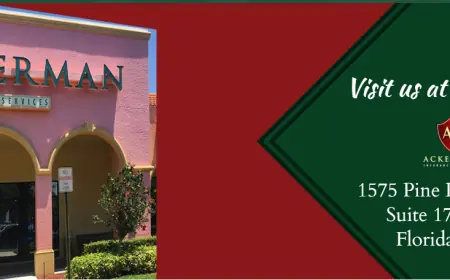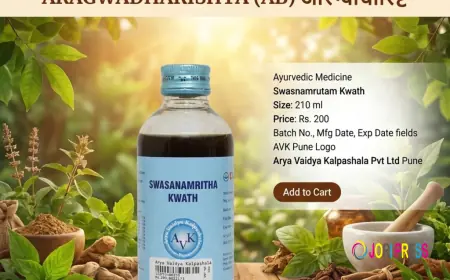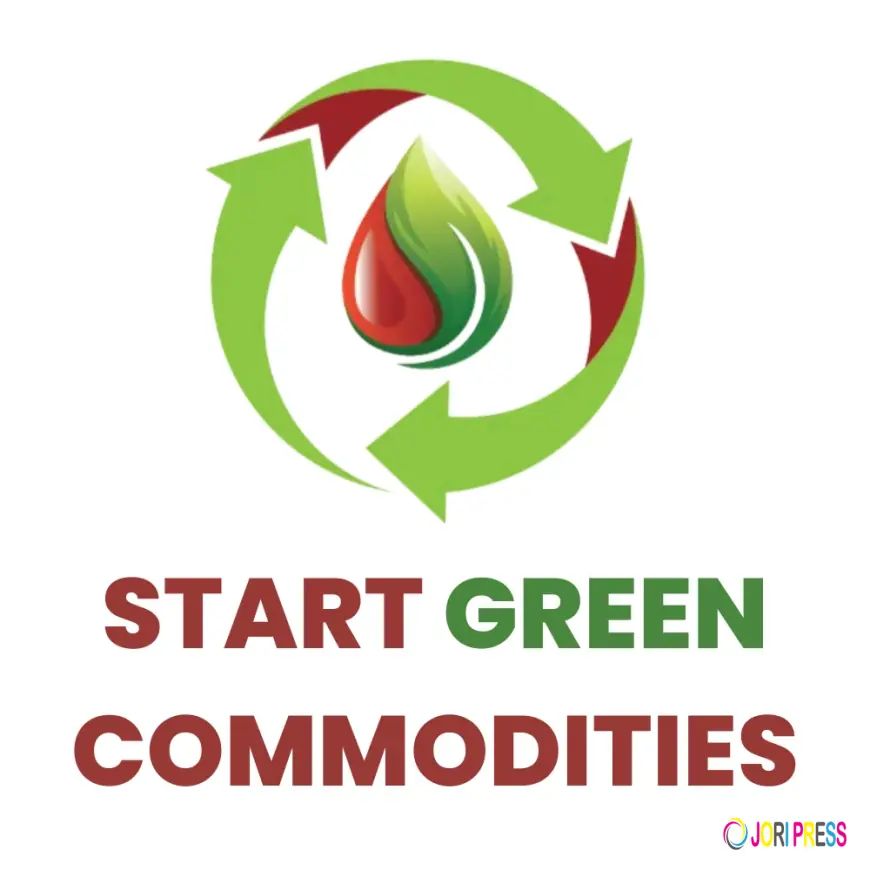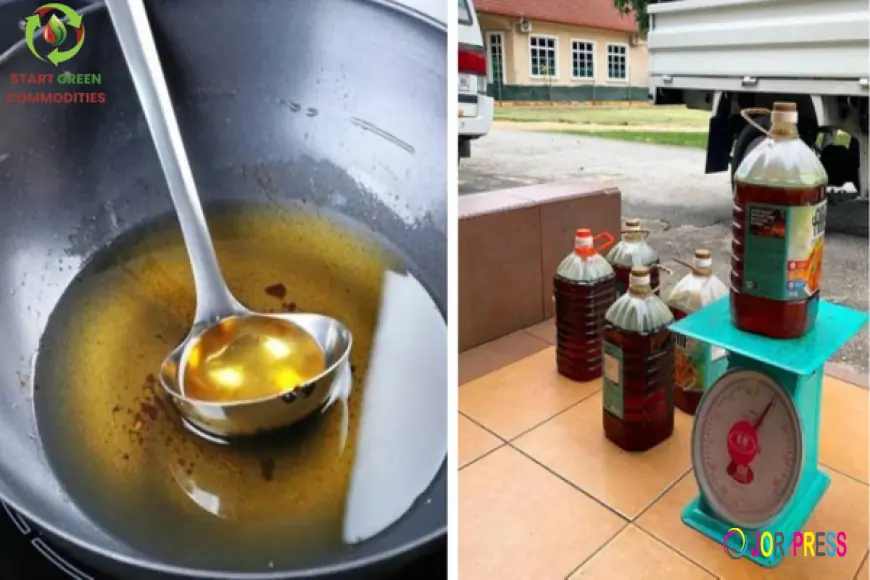Your Trusted Partner in Used Cooking Oil Recycling
We provide a wide range of services for both residential and commercial clients.
Introduction
What’s the big deal about cooking oil recycling? You might think used frying oil is just nasty kitchen sludge toss it, flush it, forget it. But hold up: that same oil can be a feedstock for biodiesel, animal feed ingredients, and industrial products. That means less waste in drains, lower greenhouse-gas emissions, and a cleaner bottom line for businesses that handle large volumes of oil. If you run a restaurant, cater, hotel, or food-processing site, this article is for you. We'll show how cooking oil recycling works, why Startgreencommodities is a partner worth considering, and how to make the whole process simple and profitable.
What is cooking oil recycling?
At its core, cooking oil recycling is the collection, treatment, and repurposing of used edible oils. Instead of sending oil to landfill or down the drain (both bad ideas), the oil is collected, filtered, and processed into new products — commonly biodiesel, but also industrial lubricants and animal nutrition components. Think of it like turning yesterday’s fries into tomorrow’s fuel: circular economy in action.
Why businesses should recycle used oil
Environmental benefits — Used cooking oil contains carbon that, if burned as waste or broken down in sewage systems, contributes to pollution. Recycling reduces greenhouse gas emissions and lowers the demand for fossil fuels when converted into biodiesel.
Operational benefits — Proper recycling reduces clogged drains and grease buildup, which cuts plumbing repairs and downtime. Grease trap cleaning becomes more predictable and less costly when oil is regularly removed.
Economic benefits — Depending on volume and market, businesses can lower disposal costs and sometimes earn revenue. Many recycling partners, including Startgreencommodities, offer competitive collection rates or revenue-sharing for higher volumes.
Reputational benefits — Sustainability matters to customers and partners. Showing you responsibly recycle oil improves brand perception and may open doors for eco-minded contracts.
How Startgreencommodities works
Step 1 — Assessment
Start by assessing your weekly or monthly used oil volume. This determines container size and collection frequency. Startgreencommodities typically offers an on-site survey or easy self-report forms to get you started.
Step 2 — Containers & training
They provide industry-standard tanks or drums and train staff on safe storage and contamination avoidance (e.g., no food waste, chemicals, or water in the oil).
Step 3 — Scheduled pickup
Based on volume, Startgreencommodities schedules pickups — weekly, biweekly, or on-demand. Drivers log collections and provide documentation for your records.
Step 4 — Transport & processing
Collected oil is consolidated at a processing facility where it’s filtered, refined, and converted into biodiesel or other feedstocks. Quality controls and testing ensure the final product meets standards.
Step 5 — Paperwork & sustainability reporting
Startgreencommodities supplies manifests, certificates of recycling, and emissions-reduction data you can use for ESG reporting and compliance.
Collection & storage best practices
Want hassle-free collections? Follow these practical tips:
Use the right containers — Food-grade barrels or sealed tanks are best. Label them clearly as “Used Cooking Oil — Do Not Dispose” to avoid contamination.
Keep oil dry and clean — Water and food scraps degrade oil quality. Let oil cool and strain larger food particles before storage.
Store away from heat & sunlight — Heat speeds decomposition. A shaded, cool area is ideal.
Train staff — A 10-minute staff briefing reduces mistakes (like pouring cleaning fluids into oil drums). Simple SOPs save money and prevent refusals during pickup.
Maintain records — Keep pickup receipts and certificates; they’re useful for audits, tax claims, or sustainability reports.
Processing & end products
What actually happens to the oil? Processing typically involves filtration, dewatering, and refining. After cleaning, the oil is fed into different production streams:
Biodiesel — The most common output. Biodiesel blends (B5, B20, etc.) replace or reduce fossil diesel use and cut lifecycle emissions.
Industrial feedstocks — Oils can be transformed into lubricants, soaps, and surfactants.
Animal feed (with strict processing) — Some fractions, after rigorous testing, are used in animal nutrition — though regulations vary by region.
This circular movement—food to fuel to transport—reduces reliance on virgin petroleum and turns a disposal cost into a resource.
Compliance & certifications
Handling used cooking oil touches several regulatory points: waste handling, transport, and end-use standards. Working with a reputable recycler like Startgreencommodities ensures:
-
Correct manifests and transport documentation
-
Adherence to local and national waste regulations
-
Quality certificates for processed oil (useful for buyers of biodiesel)
-
Safe handling and storage guidance to reduce spill and contamination risk
Always request copies of permits and certificates before contracting a service. If you need to show ESG results, ask for lifecycle emissions data and recycling certificates.
Real-world ROI
Let’s talk numbers — not to be vague. Suppose a medium-sized restaurant produces 200 liters of used cooking oil per month. Traditional disposal costs (grease trap cleaning + plumber visits + drain unblocking) might range high depending on incidents. By scheduling routine pickup:
-
You cut emergency plumbing risks.
-
You may receive a small payment per liter or reduced disposal fees from the recycler.
-
You get documented recycling certificates that can be used for sustainability reporting or local incentive programs.
Over a year, this can translate into net savings and sometimes positive cashflow — especially for multi-location operators or food processors with large volumes.
How to get started
Ready to move from “ugh, grease” to “smart resource”? Here’s a short checklist:
-
Estimate volume — Track used oil for 2–4 weeks to get an average.
-
Choose containers — Select drums or tanks sized to your volume.
-
Contact Startgreencommodities — Request a collection quote and onboarding plan.
-
Train staff — Make sure everyone knows what can/can’t go into the oil drum.
-
Schedule pickup — Set a recurring schedule that matches your usage.
-
Keep records — Store manifests and certificates for audits and reporting.
If you’re a small operator unsure about volume, many recyclers offer starter bundles or trial pickups to help you test the process.
Tips to maximize value from oil recycling
-
Avoid contamination. Never mix chemicals, sanitizers, or water with used oil — it reduces quality and value.
-
Filter before storage. A simple strain of large solids extends storage life and minimizes odors.
-
Combine with other sustainability actions. Recycling oil plus food waste diversion and energy-efficient equipment strengthens your sustainability story.
-
Negotiate contracts for scale. Multi-site businesses often receive better rates or revenue share.
Why Startgreencommodities?
Startgreencommodities positions itself as a full-service partner: they’re not just a truck that takes your oil. They provide operational guidance, compliance paperwork, and a clear route-to-market for the oil they collect. For businesses that want simplicity, transparency, and measurable sustainability outcomes, that integrated approach matters.
Conclusion
Cooking oil recycling is an easy win: it reduces environmental impact, lowers operational risks, provides potential financial upside, and bolsters your brand’s sustainability credentials. Whether you run a single café or a chain of restaurants, partnering with a reliable recycler like Startgreencommodities turns a messy waste stream into a measurable asset. Start small, follow best practices (right containers, avoid contamination, keep records), and scale up. The result? Cleaner kitchens, fewer headaches, and a contribution to a circular economy that fuels vehicles instead of landfills.
FAQs
1. How often should I have my used cooking oil collected?
Collection frequency depends on volume. Small cafes may do monthly pickups; busy restaurants often need weekly or biweekly service. Track your oil output for a few weeks to decide.
2. Can I mix different types of oil for recycling?
Yes — different edible oils (vegetable, canola, palm) can often be collected together. Avoid mixing in non-food liquids, cleaning chemicals, or water.
3. Will recycling used oil reduce my grease trap issues?
Regular, scheduled oil removal significantly reduces grease accumulation in traps and drains, lowering the chance of clogs and emergency cleanups.
4. Do recyclers pay for used cooking oil?
Some recyclers offer payment or discounts on disposal depending on oil quality and volume. Others may charge for pickup but save you on disposal fees. Ask Startgreencommodities for details relevant to your volume and location.
5. Is recycled oil safe for animal feed or food products?
Strict regulations govern this. Some processed fractions may be used in animal feed after testing and treatment, but it varies by jurisdiction. Always rely on certified processors and proper documentation.
What's Your Reaction?
 Like
0
Like
0
 Dislike
0
Dislike
0
 Love
0
Love
0
 Funny
0
Funny
0
 Angry
0
Angry
0
 Sad
0
Sad
0
 Wow
0
Wow
0


















































